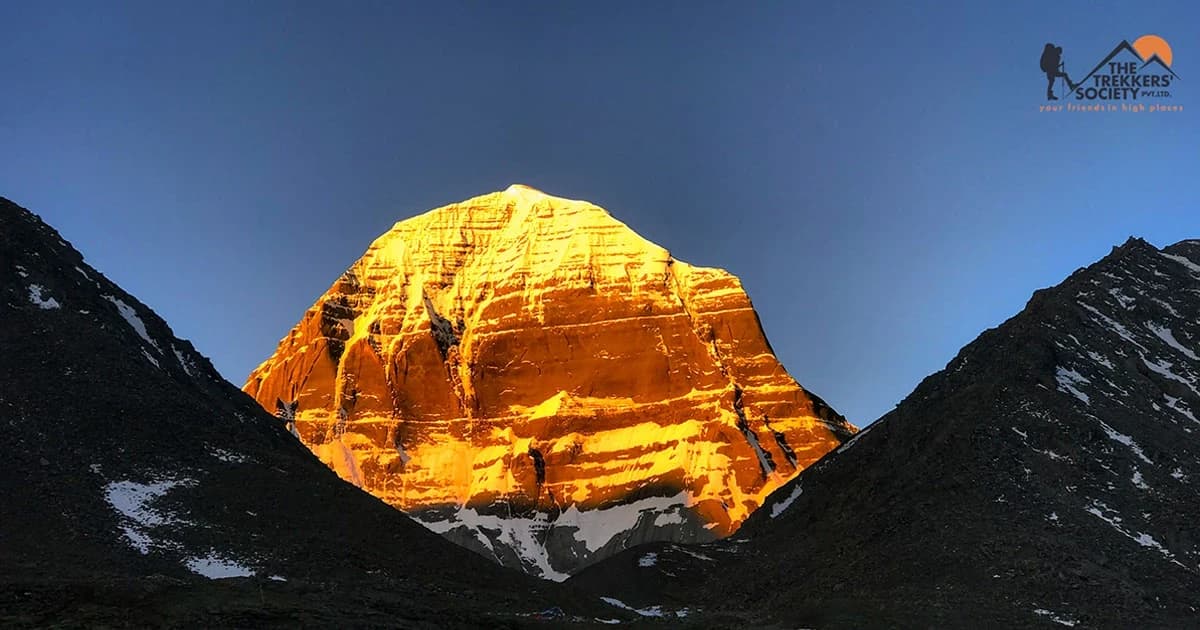Introduction
Mount Kailash (6638m/21778 ft.) stands as a revered sanctuary in the Himalayas. It captivates adventurers, pilgrims, and seekers of wisdom. Its mystical charm and spiritual significance have inspired awe for centuries. As such, it holds a special place in the hearts of those who visit.
The Spiritual Center of the Universe
The Revered Home of Lord Shiva
Hindus believe Mount Kailash is the home of Lord Shiva, Parvati, and their children, Ganesha and Kartikeya. In Hindu mythology, it is called "Meru," the axis of the universe. Lord Shiva is said to meditate in the lotus pose here. Therefore, pilgrims see a journey to Mount Kailash as an essential spiritual quest.
Moreover, the sacred energy of the mountain draws pilgrims seeking blessings and divine connection.
Mount Kailash in Buddhism
The Pinnacle of Bliss and Enlightenment
In Buddhism, Mount Kailash represents ultimate bliss and enlightenment through Buddha Demchok. Furthermore, pilgrims believe circumambulating the mountain purifies negative karma and brings blessings.
Thus, Kailash offers a peaceful space for meditation and reflection. Through this journey, spiritual seekers find peace and clarity.
Bon Religion: Ancient Traditions of Mount Kailash
The Legacy of Zhang Zhung
Bon tradition holds Mount Kailash as a central site for the ancient Zhang Zhung empire (circa 500 BCE). According to Bon practitioners, the goddess "Sipaimen" or "Sipe Gyalmo," the Queen of the World, resides here. Her appearance may seem fierce, but she embodies love, understanding, and kindness.
Consequently, Bonpos hold Kailash as the ultimate pilgrimage destination, highlighting its deep cultural and spiritual significance.
Jainism and Mount Kailash
A Place of Nirvana and Enlightenment
Jains regard Mount Kailash as the site where Adinath (Rishabdev), the first Tirthankara, attained nirvana. Thus, pilgrims undertake the journey to honor Adinath and seek spiritual liberation.
Through its connection to Jain beliefs, Kailash continues to inspire devotion and symbolize enlightenment.
Enriching Cultural and Spiritual Heritage
The diverse religious traditions surrounding Mount Kailash create a rich cultural tapestry. Therefore, each pilgrimage reflects a profound journey, uniting faith, spirituality, and nature.
By embracing these beliefs, Kailash serves as a bridge between cultures and spiritual ideologies.
Conclusion
Mount Kailash inspires reverence and devotion. It offers a sanctuary for spiritual growth and self-discovery. Whether a pilgrimage or a place of mystical beauty, it transcends boundaries and captivates hearts across generations.


